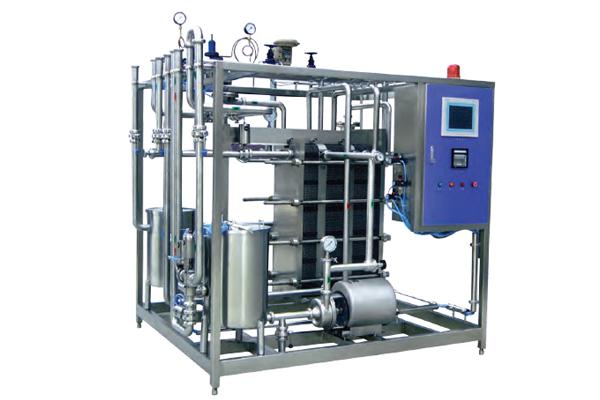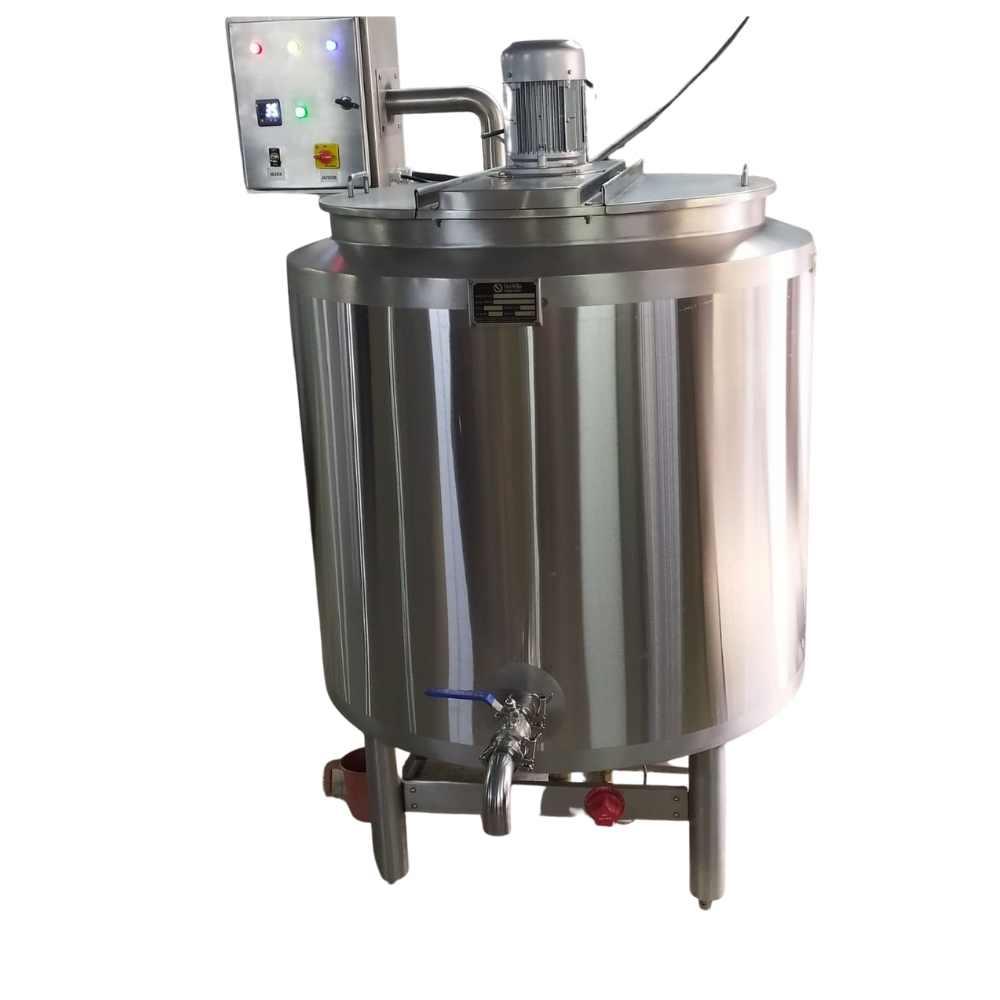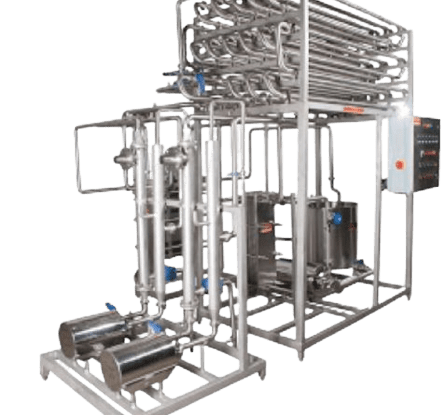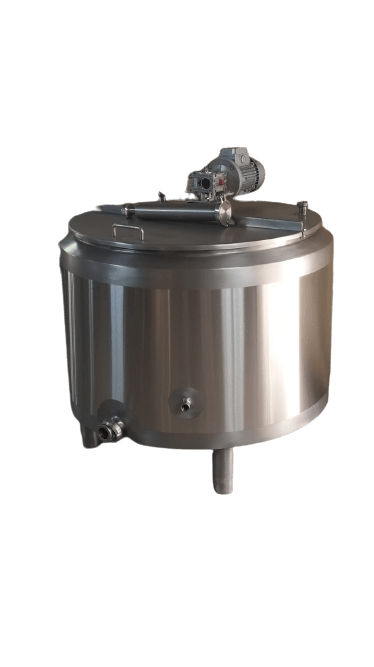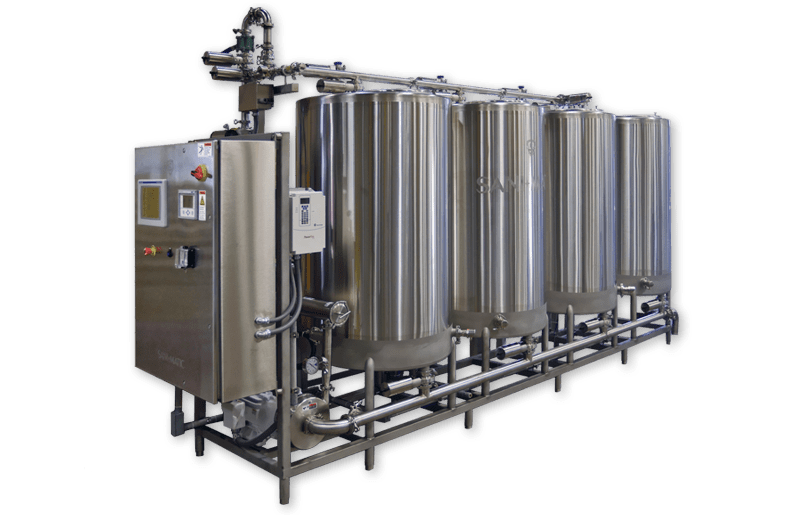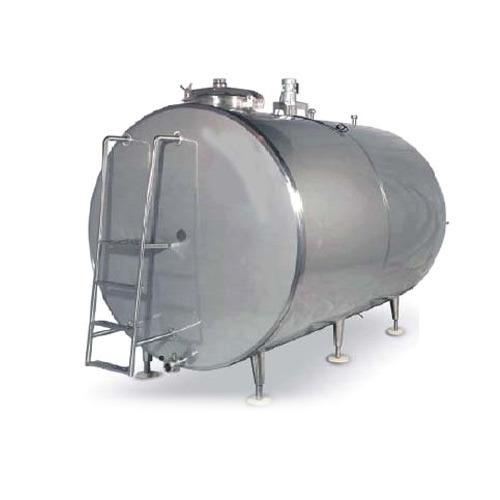Curd Overview
- Most common as well as traditional dairy based product, Curd, locally known as Dahi, is consumed widely all over the world. Curd falls under the category of fermented dairy product, produced from heat treated milk after inoculation with certain Lactic Acid Bacteria (LAB) in the form of starter culture. Lactic acid bacteria multiply, grow and produce lactic acid, acetic acid, and carbon dioxide by utilizing available lactose in milk. Some bacteria use citric acid of milk to produce certain volatile organic compounds mainly diacetyl, which is mainly responsible for flavor of Curd.
- Due to its rich nutritional profile and high consumer demand, it is commercially produced to meet the market demands. A new revolution in the industrial manufacturing of Curd is using Curd as functional food.
- Curd has valuable therapeutic properties and helps in curing gastrointestinal disorders. Curd added with probiotic bacteria enhances its health benefits such as immune enhancement, blood pressure reduction, antiatherogenic effect, antidiabetic effect, anticarcinogenic effect, antioxidative effect and curing of gastrointestinal disorders.
- Yogurt, it is fermented dairy product having sort of thick consistency. And as per FDA code of Federal Regulations – “yogurt is a food produced by culturing cream, milk, partially skimmed milk, or skim milk alone or in combination with a bacterial culture that contains the lactic acid–producing bacteria Lactobacillus bulgaricus and Streptococcus thermophilus.”
- Being a rich source of protein and calcium, the fermentation process facilitate the absorption of nutrients in our body. The live bacteria in yoghurt promotes the balancing of good and required microflora in stomach hence promoting digestion. Apart from Lactobacillus bulgaricus and Streptococcus thermophilus other bacterial culture such as Lactobacillus acidophilus, Lactobacillus subsp. Casei, and Bifido-bacteria as probiotic culture.
IS CURD PROCESSING BUSINESS PROFITABLE?
- Because of the high demand, the profit margin in Yogurt/Curd making business is high. One can gain up to 2000 rupees every day. The profit margin in the Yogurt/Curd production business is much more for wholesale dealers.
Seven STEPS TO FOLLOW TO START A PROFITABLE CURD PROCESSING BUSINESS
Here are the 7 steps to follow to start a profitable Curd Processing Business:
- Create a Business Plan
- Choose a Location for Curd Processing Factory
- Name your Curd Processing Business
- Make the Business Legally Compliant
- Machine & Equipment for Curd Processing
- Curd Manufacturing Process
- Promote your Products
1. Create a Business Plan
- Entrepreneurs should focus on the business plan at first before executing it. The plan layout helps prepare the company for any unpredictable events and prepares them to accomplish their targets less time and significantly less investment.
- However, it is the need of the hour to emphasize the plan before setting your business because any small twist and turn can lead your business to uncountable losses and the deterioration of the customers’ health.
2. Choose a Location for Curd/Yoghurt Processing Factory (Space Requirement)
- In order to start a small business you require a proper space. To establish a Curd production unit at a small scale, you need arrange a place with a minimum area of 600-800 square feet. Along with this, you need an area for processing, packing, store room, an area to store the finished product, and an area for transport.
- To start the business few necessary resources are crucial, for example, water and electricity. Therefore, it is clear that preparing a draft of project report is much needed before establishing the business.
3. Name your Curd Processing Business
Select a name that people can relate to your Curd/ Yoghurt processing company. Do not forget to check the availability of a similar domain name to the company name. This helps you in creating a website similar to the company name.
4. Make the Business Legally Compliant
An entrepreneur may require the following licenses and registrations for Yogurt Manufacturing Business.
- An entrepreneur has to register his business under proprietorship or one person company.
- Business name may require PAN, bank current account and GST registration.
- A trade license or factory license may be required from the local authority.
An entrepreneur may be required to register FSSAI.
Trademark registration may also be required to establish and protect your own brand. - If an entrepreneur wants to take advantage of the schemes launched for the MSME sector, he will also need enterprise registration.
5. Machine & Equipment for Curd Processing
The Curd/ Yoghurt/ Lassi Processing Plant is basically composed of:
- Milk Reception Section
- Plate Type Pasteurizing Section / Homogenizing
- Inoculation Tanks
- Incubation Tanks for Lassi
- Packaging Section (Pouch, Cup Packing)
- Incubation Room (Prefabricated)
- Curd/ Yoghurt / Lassi Blast Room
- Curd/ Yoghurt / Lassi Storage Room
- Batch pasteurized machine
- Stainless steel pump
- Offline cream separator with pump and balance tank
- Milk homogenizer
- Milk chiller
- Sealing and filling machine
- Cooling tower and water pump
- Insulation cold room
6. Curd Manufacturing Process
Before starting the Yogurt Manufacturing Business, all the raw materials are purchased by the entrepreneur and the milk is cooled in the reception area. So that it can be used in further processing without spoiling, the milk is then pasteurized, in which the milk is heated to a temperature of 80°C to 90°C and then cooled to 40°C.
After that the process of homogenization of milk is started in which offline cream separator is used which helps to remove fat from milk. Online homogenizer is connected to pasteurized machine.
It homogenizes the milk by breaking up the curds. The pasteurized milk is then distributed to various tanks after which the milk is heated to 92°C and a curd culture is added. The finished curd is then sent to the packing section and sent to the incubation room for thickening, after which it is placed in the blast room where the temperature is raised from 45°C to 20C.
The steps of Curd production are summarized as follows:
- Reception of milk: Fresh, good quality milk is received and analyzed for SNF and fat%.
- Pre-heating: Done at 30-40°C
- Standardization: 5% to 3.0% fat and 10% solids not fat.
- Preheating (Optional): It is an optional step to heat milk up to 60°C
- Homogenization: Milk is subjected to high pressure pump forcing milk through extremely small orifice for even distribution of fat globules. Homogenization reduces the cream layer formation during incubation and single-stage Homogenizer, or double stage homogenizer can be used as per process requirement. After homogenization all the fat globules of the milk has an average size below 1 micron.
- Pasteurization: Milk is heated to 85-90°C for 15-30 minutes and temperature bought down to 3-4°C.
- Pre-heating: Pasteurized milk is preheated to 40-45°C and transferred to inoculation tank.
- Inoculation: Milk is inoculated with 1-2% of specific curd starter culture at 37°C. The incubation tanks are insulated, to ensure that the temperature remains constant during the incubation period. The tanks can be fitted with pH meters to check the development of acidity (4.2 – 4.5)
- Packaging: The inoculated milk is then packaged in separate cups with lids. Curd is generally packaged in polyethylene, polypropylene, polystyrene packaging material and plastic cups
- Incubation: Cups are arranged in crates which are then transferred to hot room (37˚C) while the fermentation process proceeds. In case of set curd, incubation is done when the product is in its final retail container at 30-42°C for around 4-5 hours, while for stirred types of products it can be done within the inoculum/incubation tank and then packed in pouches.
- Cooling: The pH of the milk in the cups should be regularly checked and when it reaches 4.4-4.5, these crates are transferred to room with temperature 3-4oC for proper setting
- Storage: It is stored in the cold store below 6°C
7. Promote Your Products
- Generally, the long-term success of FMCG products depends on the successful distribution network. In addition, you will need to concentrate on tying up with the malls, supermarkets, and retail chains. Overall branding and advertising are a must in the and curd manufacturing business.
Explore
Related Products


